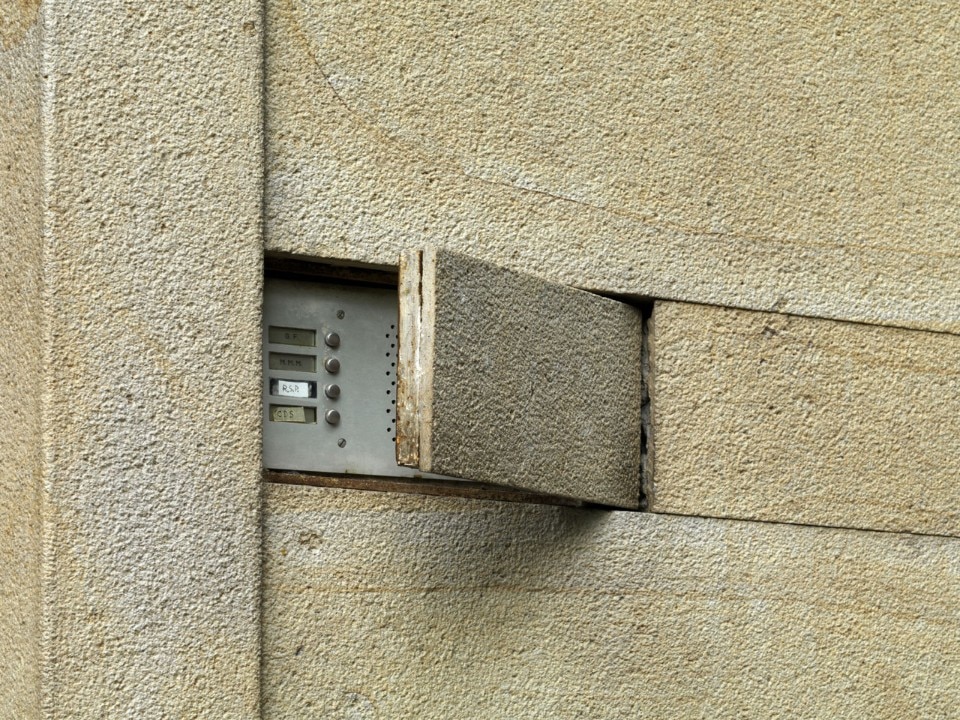Much is known about the work of Milanese architect Luigi Caccia Dominioni and many publications analyse his great ability in designing layouts, but I believe much remains to be said about his work.
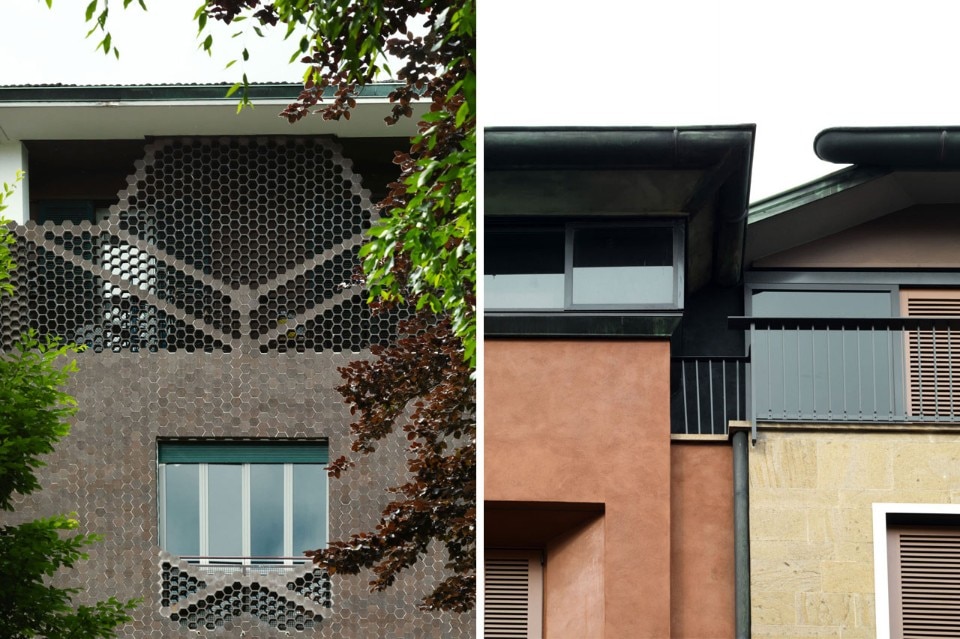
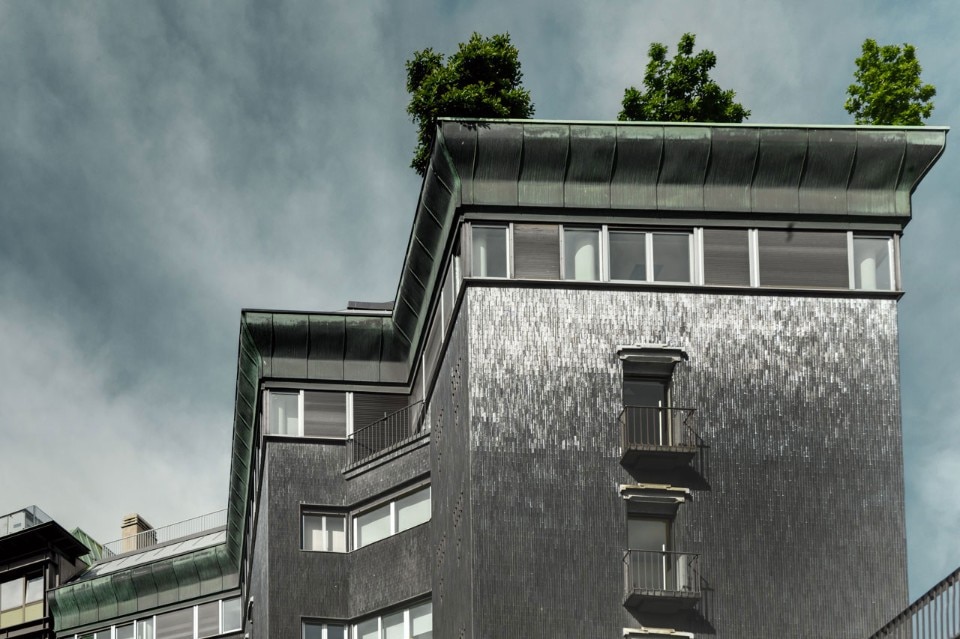
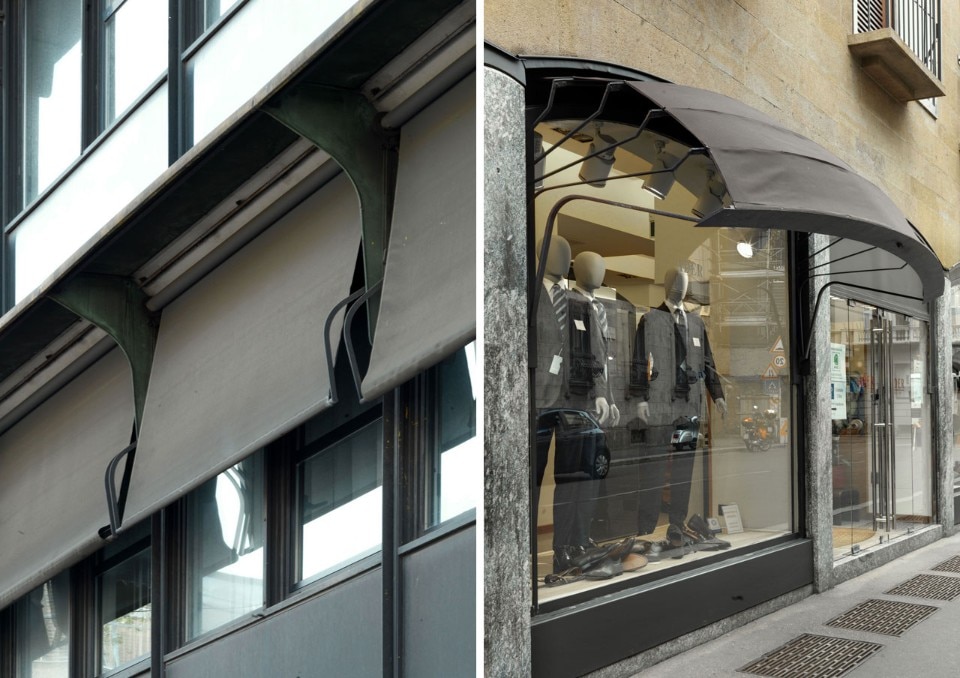
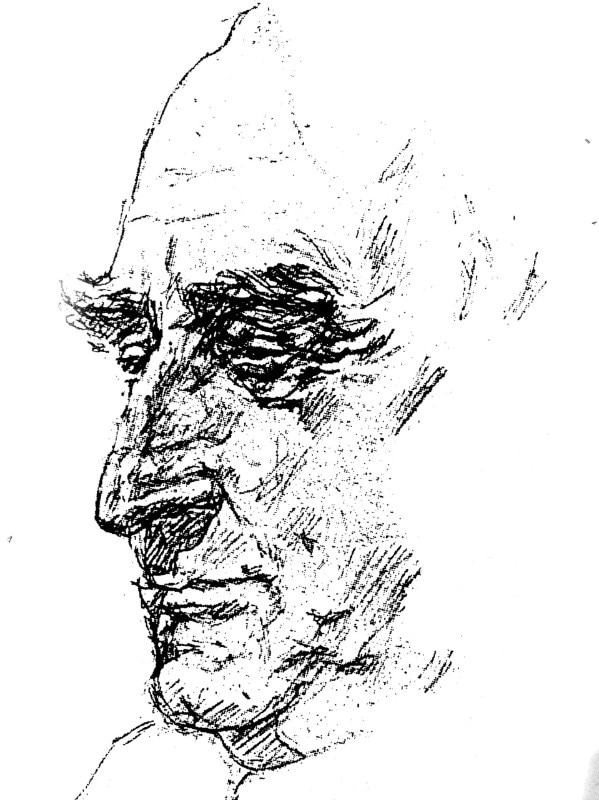
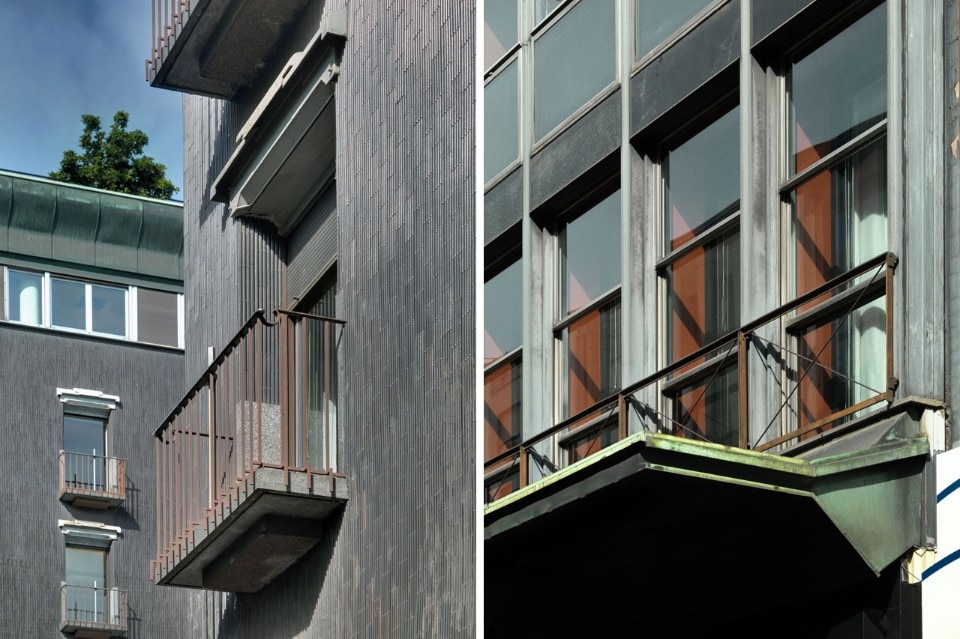
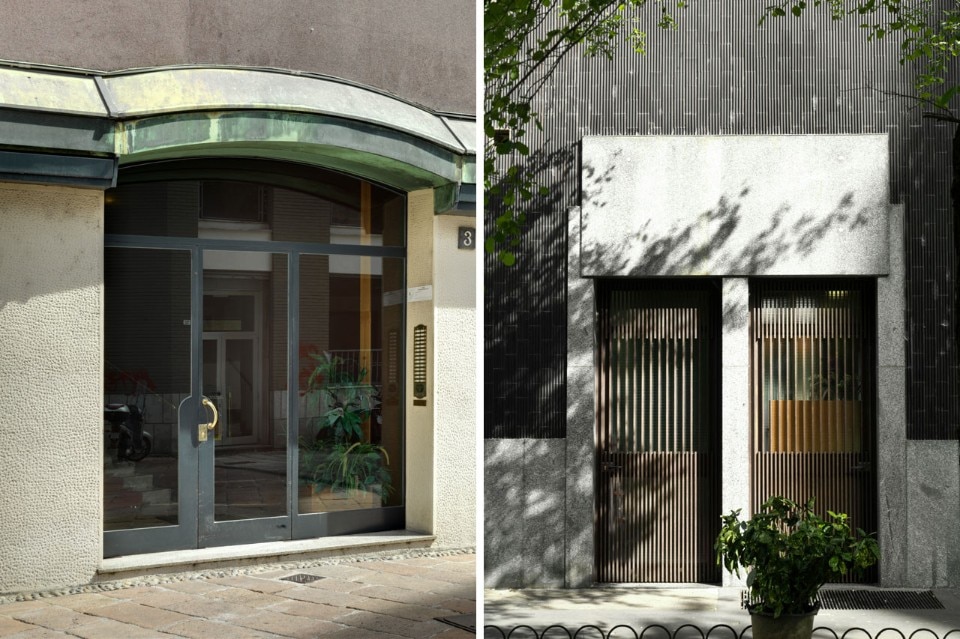
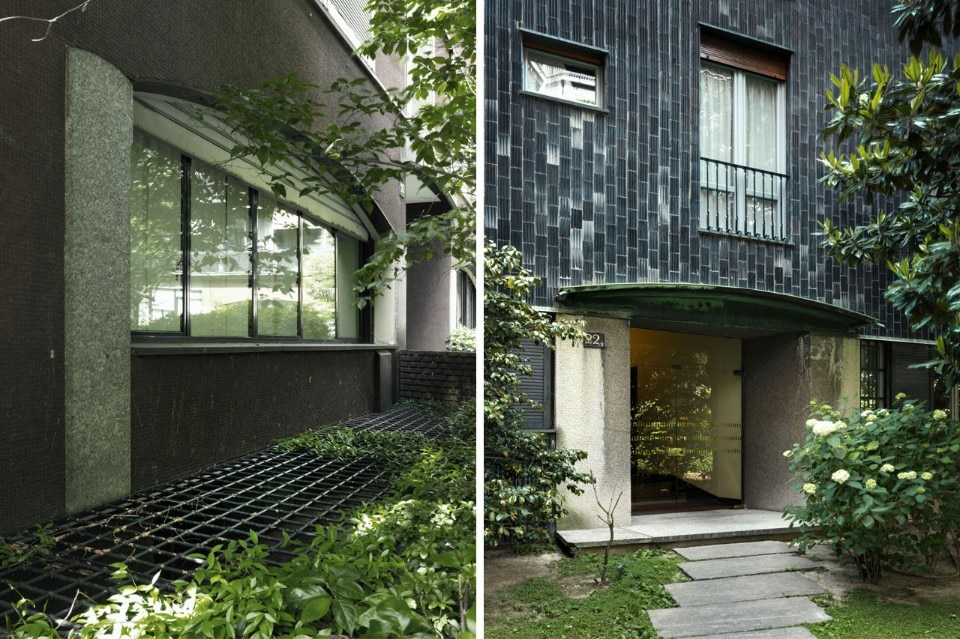
Much is known about the work of Milanese architect Luigi Caccia Dominioni and many publications analyse his great ability in designing layouts, but I believe much remains to be said about his work.







